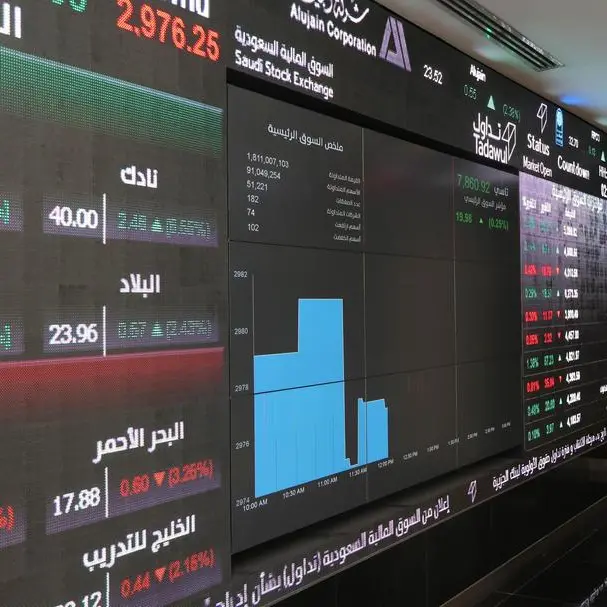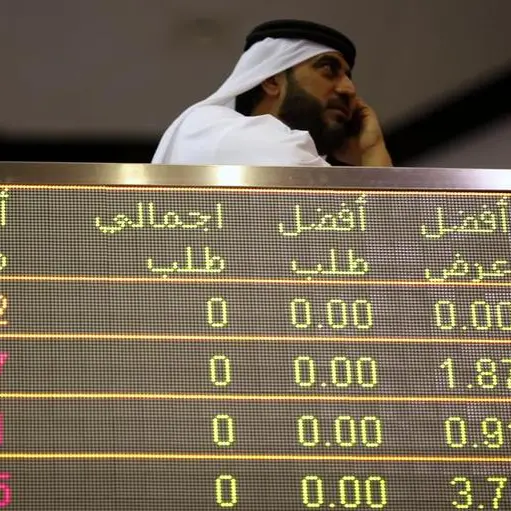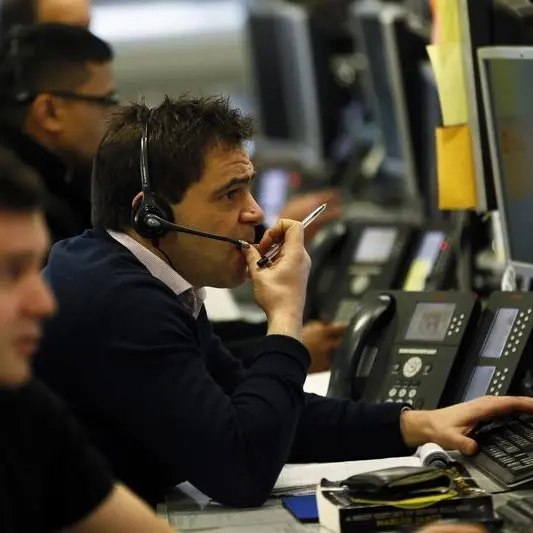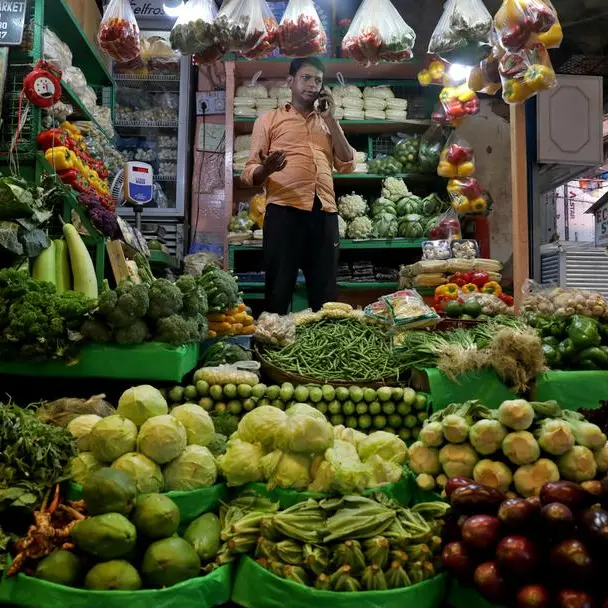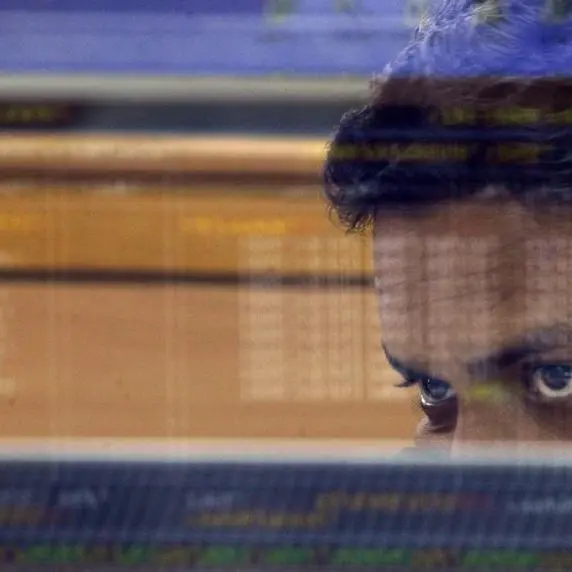Welcome to Zawya Markets. Each Sunday we will be featuring an interview with a different analyst or markets expert from around the region.
If you would like to participate please email gerard.aoun@thomsonreuters.com.
1) What is your view on the merger talks between Abu Dhabi Commercial Bank, Union National Bank and Al Hilal Bank?
We perceive the merger positively, as the larger equity book would make it more competitive against peers such as First Abu Dhabi Bank (FAB) and Emirates NBD (ENBD). Three-way mergers are always tedious but do offer greater synergy potential. Our preliminary analysis suggests the deal is to take place at 0.6x share of ADCB for each share of UNB, and a synergy potential of 900 million-1 billion United Arab Emirates dirhams ($245.1m-$272.3m) post-2021.
2) Do you expect other banks in the GCC to get into merger talks before the end of 2018?
The GCC banking sector is in a consolidating phase, with merger talks this year in Kuwait/Bahrain (KFH-AUB), Saudi (SABB-Al-Awwal), Qatar (Barwa Bank-IBQ) and Oman (Bank Dhofar-NBO). GCC economies are overbanked with more than 110 local banks catering to a population of 55 million and we thus expect to see more M&A activities, as they look to remain competitive in a challenging economic environment. We see more consolidation potential in Bahrain and the UAE.
3) What is your view for the banking sector in the UAE, Saudi Arabia and Qatar?
We expect GCC banks to report healthy earnings growth in a rising interest rate environment, supported by net interest margin (NIM) expansion. As crude prices remain elevated, GCC governments would carry on with their capex plans, offering lending opportunities for the banks. On the flip side, both Qatar and UAE banks are likely to witness delinquencies from the commercial real estate sector, while Saudi banks may struggle with their exposure to SME and expatriate consumer loans.
4) What impact will the Saudi inclusion in MSCI next year have on the Saudi Banking sector?
Owing to the significant index weight, Saudi banks are likely to tap a third of the flows related to MSCI. The banking sector outlook is robust, disclosure is strong and it is one of the most strongly regulated sectors. We thus expect to see continued interest in Kingdom of Saudi Arabia (KSA) banks.
5) What are your views for Q3 banking earnings in the GCC?
KSA banks are likely to report strong earnings growth in 3Q18, supported by NIM expansion. We expect to see stronger credit disbursement from 4Q18 supported by Government spending. Despite the rise in interest rates, the asset quality of KSA banks have remained fairly steady, owing to an overall conservative lending culture in the Kingdom.
6) If you were to pick one market were you think the banking sector will outperform over the next six months, which one would it be (and why)?
We continue to remain positive on the overall GCC banking space. However, over the next 6 months we expect KSA banks to outperform peers. KSA banks have the highest share of low cost demand deposits which supports NIM expansion in a rising interest rate environment and have greater growth potential as more Saudi nationals join the workforce.
7) Are we seeing a correction in the Saudi market?
Over the medium term, we remain positive on the Saudi market, but would not be surprised to see profit booking and asset rebalancing related sell-offs, with devaluation in other emerging market assets.
8) What is your view for oil prices?
We expect oil to broadly remain range-bound in the near-term between $70-$80 per barrel. Hurricane Florence, Iran sanctions and other geopolitical risks would positively support it, while lower demand with a rise in interest rate cycles and trade war to be a drag to prices.
9) What is your outlook on Turkish economy and its impact on GCC banks?
Many GCC banks have exposure in the Turkish economy, owing to its favourable demographic and growth opportunities. Turkish lira (TRY) devaluation has undoubtedly impacted the net asset value of most of these banks. However, if the economy is able to manage a turnaround, similar to Egypt these investment would be worthwhile for the banks.
We expect interest rates to surge in Turkey, which may see banks chasing government bonds over taking fresh credit exposure, as the likelihood of delinquencies rises.
10) What is your view for the U.S. dollar?
Further trade tariffs would be negative for the emerging markets, driving investors to safer currencies. A Federal Reserve-led pick-up in the interest rate cycle would also maintain interest in U.S. dollar- backed fixed income instruments, which is again negative for emerging market (EM) currencies. An option for EM Central Banks is to also raise interest rates to shield their currencies, at the cost of economic growth tapering. Hawkish policy by Turkish Central Bank was cheered by the market and provided interim relief for the TRY; we would not be surprised to see other central banks following suit, especially those economies exposed to elevated crude prices.
Development related to hard Brexit may also see investors shifting towards safe haven currencies such as the US dollar.
(Editing by Gerard Aoun and Michael Fahy)
(gerard.aoun@thomsonreuters.com)
Any opinions expressed here are the author’s own.
If you would like to participate in the Zawya Markets Weekly Q&A please email gerard.aoun@thomsonreuters.com.
Our Standards: The Thomson Reuters Trust Principles
Disclaimer: This article is provided for informational purposes only. The content does not provide tax, legal or investment advice or opinion regarding the suitability, value or profitability of any particular security, portfolio or investment strategy. Read our full disclaimer policy here.
© ZAWYA 2018


